The people of Australia spoke and what they said was ‘Yeah, nah’
Australians famously love slang – and the very best of it speaks a thousand words, as in the deceptively simple summary of the Voice referendum result in Mark Knight’s cartoon
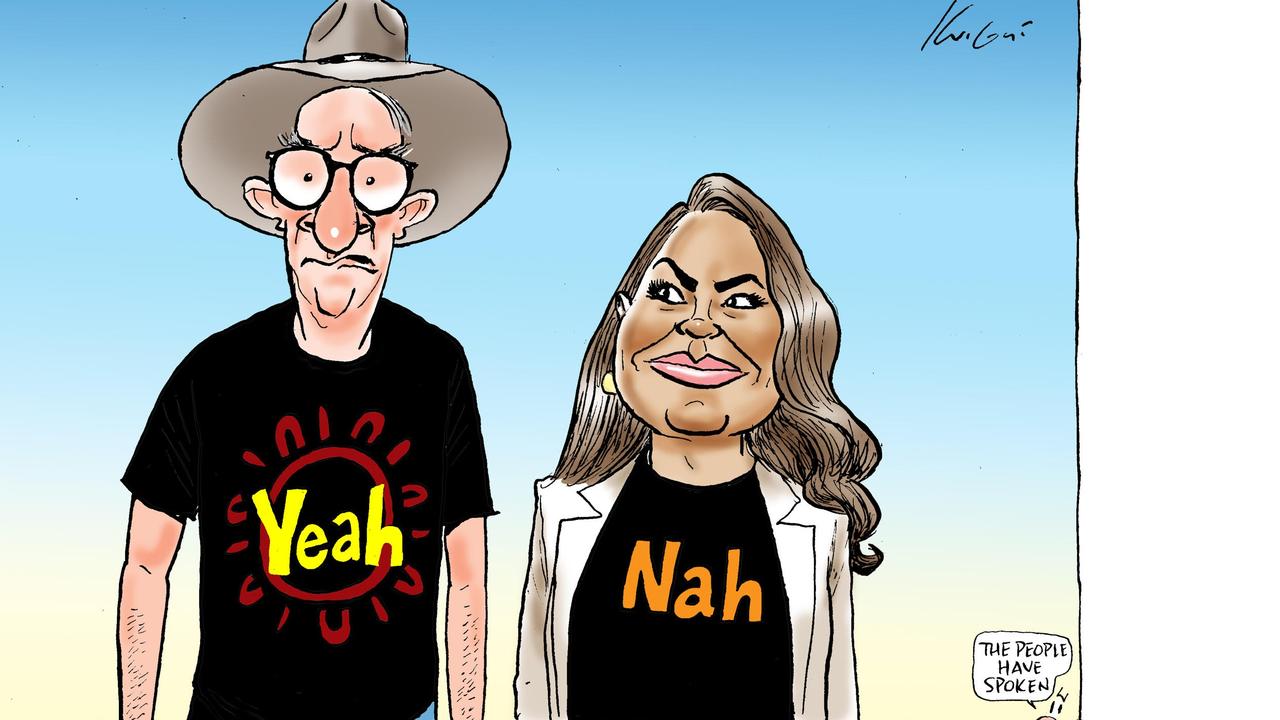
READING LEVEL: ORANGE
An excited Prime Minister Albanese made a promise on the night of his election last year that he would hold a referendum* on constitutional* recognition of the First Peoples of Australia and enshrine in the Constitution* a “Voice to Parliament” for Aboriginal and Torres Strait Islander people.
That was all well-meaning, but to change the Constitution of Australia is not an easy thing to do. Breaking into the Reserve Bank* may be easier, because most referendums in the past have failed.
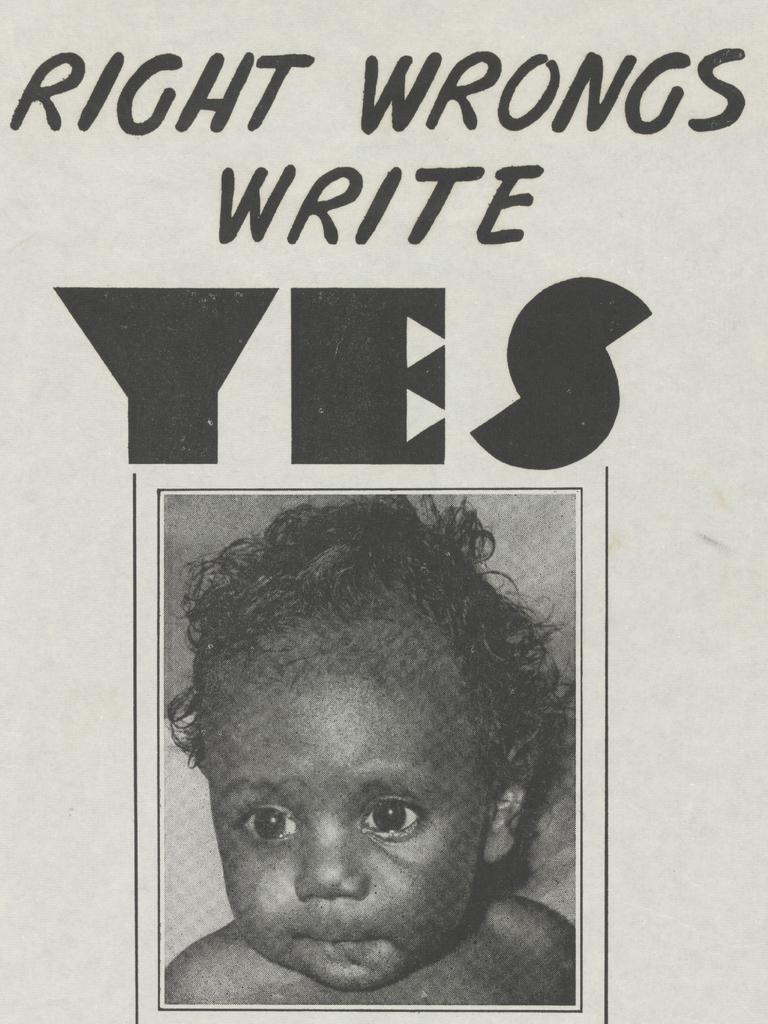
One that didn’t fail was held in 1967, and that was to recognise Aboriginal people as citizens of Australia (their right to vote was actually legislated* by the Commonwealth five years earlier). The referendum passed overwhelmingly – it remains the most successful referendum in Australia’s history. However, as we know, last week’s referendum on the Voice did not succeed, with the No camp clearly defeating the Yes case.
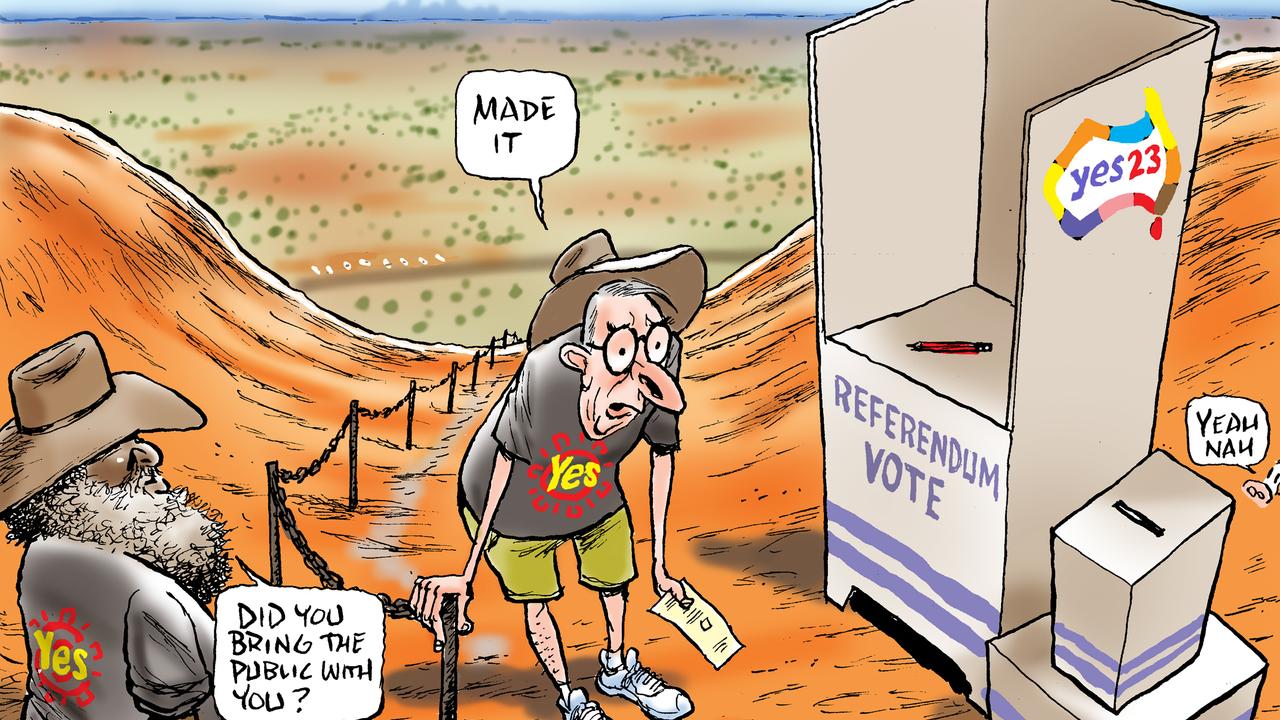
One reason for the failure that experts noted was that voters didn’t know what the Voice was. The Opposition party had a slogan, “If you don’t know, vote no.”
A catchy phrase that summed up how a lot of people acted.
Another reason for the loss was that the Liberal and National parties were against the Yes campaign and supported the No case. History tells us that if there is not “bipartisanship” (agreement) between the two main political parties, then a referendum is doomed.
Canberra political journalists also agreed that the Prime Minister did not run a strong campaign – and opposing him was not just Opposition Leader Peter Dutton, but a new and emerging* politician: First Nations MP Jacinta Nampijinpa Price, a Liberal National Party senator from Alice Springs.
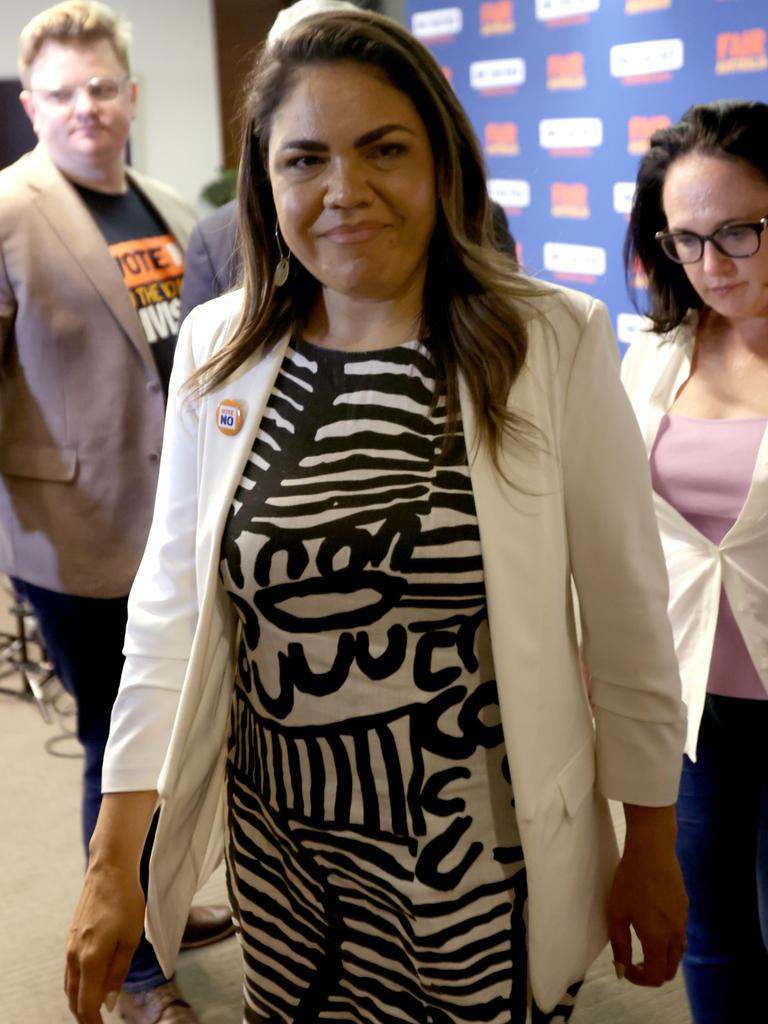
Ms Price was against to Voice to Parliament, saying that it would simply be another government bureaucracy* and that real help would not get to those Indigenous populations that really needed it. Being an Indigenous woman from Alice Springs and not an activist* from the major coastal cities, many Australians listened to Nampijinpa Price, and took her concerns seriously. She was the surprise package of the whole referendum debate.
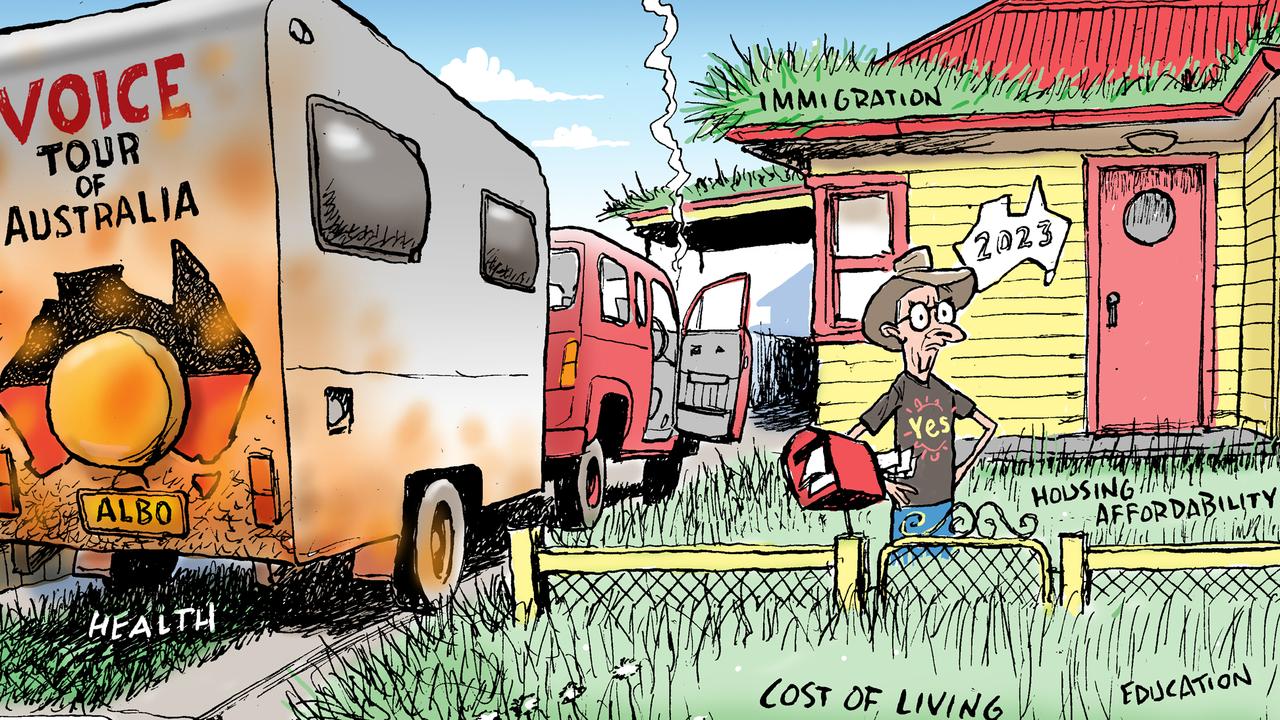
When the vote was decided, I had to draw a cartoon to sum up the referendum result. I thought it must be a simple idea, and I wanted to concentrate on the main protagonists in the campaign.
While I thought I should draw the Prime Minister in his akubra that he liked to wear while out in the bush, and who did much of the campaigning for the Yes case, on the other side I thought instead of drawing Mr Dutton for the No case, I would depict Senator Price, who in my opinion was the major force for the No side.
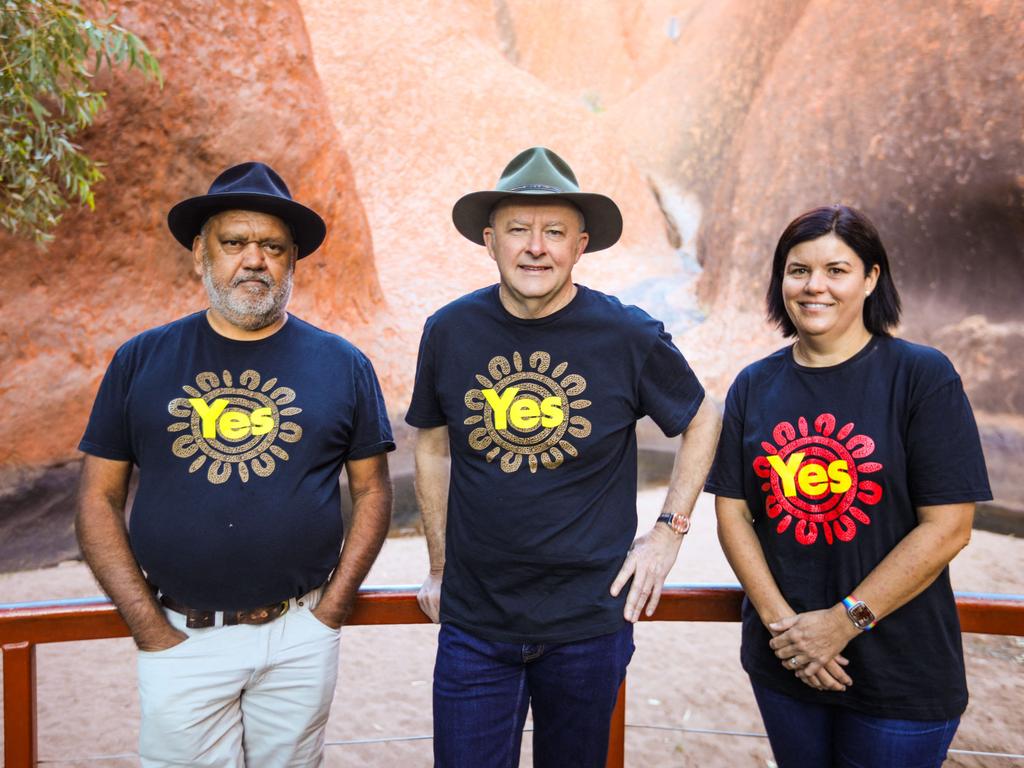
I enjoy drawing her, even though she is a new politician and they can be tricky to caricature* because of their unfamiliarity. I found her fascinating to sketch. So it would be Albo and Jacinta in the cartoon.
The other aspect I wanted to comment on was how we had to vote either Yes or No. When an election or a referendum is held, we say that “the people have spoken”. I thought about one of the great expressions we use today when communicating and that is the expression, “Yeah, nah” when replying to a question from someone. It is very common. So taking that into account, I decided that it was quite clear that the Australian public had said “Yeah, but nah” to the Voice.


I would draw the prime minister and the senator from Alice Springs in their popular campaigning T-shirts, with one saying, “Yeah” and the other worn by a satisfied looking Nampijinpa Price saying, “Nah”.
That seemed to sum it all up.
POLL
GLOSSARY
- referendum: a vote of the Australian people on a proposed change to the Australian Constitution
- constitutional: relating to or allowed by a country or organisation’s constitution
- Constitution: a set of rules for governing a country
- Reserve Bank: Australia’s central bank, responsible for producing and issuing Australia’s banknotes
- legislated: made into a new law
- bureaucracy: administrative system run by a large number of officials
- activist: someone who wants political and social change and actively tries to make it happen
- caricature: a picture or description of someone that exaggerates their known features
EXTRA READING
Shaken PM accepts Voice defeat
Uluru becomes Albo’s Mt Everest
Indigenous Australians’ history and culture
QUICK QUIZ
- What did Prime Minister Albanese promise the night he was elected?
- What was Australia’s most successful referendum and in what year?
- What did that referendum do for Aboriginal and Torres Strait Islander Peoples?
- Who is the Opposition Leader?
- Who does Mark Knight regard as the major force of the No campaign and why?
LISTEN TO THIS STORY
CLASSROOM ACTIVITIES
1. What happens next?
Imagine this cartoon is part of a story that is made up of three cartoons. The three cartoons tell a complete story, and Mark’s cartoon is the start of the story. Think about what the story could be and draw the next two cartoons that tell the story.
Time: allow 30 minutes to complete this activity
Curriculum Links: English, Visual Arts, Visual Communication Design, Critical and Creative Thinking
2. Extension
Being able to draw is only one of the skills needed to be a great cartoonist. Write a list of all of the other skills that you think cartoonists like Mark need to do their job.
Next to each skill, write a sentence that explains why that skill is important or helps them to do a great job.
Time: allow at least 20 minutes to complete this activity
Curriculum Links: English, Personal and Social Capability, Media Arts, Visual Communication Design
VCOP ACTIVITY
Stretch your sentence
Find a “who” in the cartoon – a person or an animal. Write it down.
Add three adjectives to describe them better.
Now add a verb to your list. What are they doing?
Add an adverb about how they are doing the action.
Using all the words listed, create one descriptive sentence.

